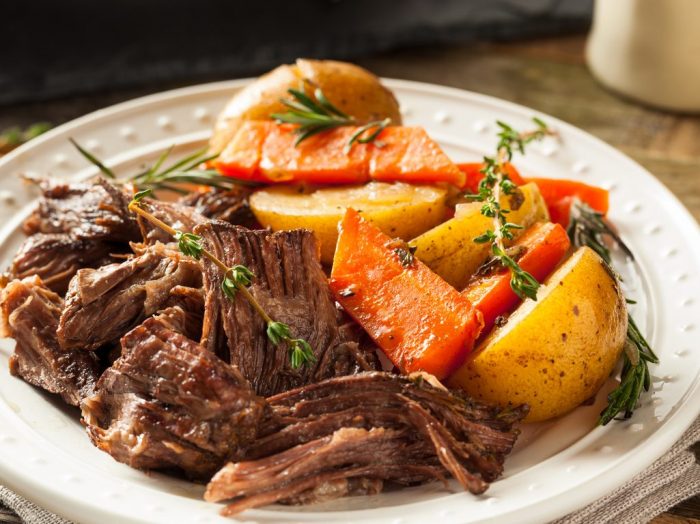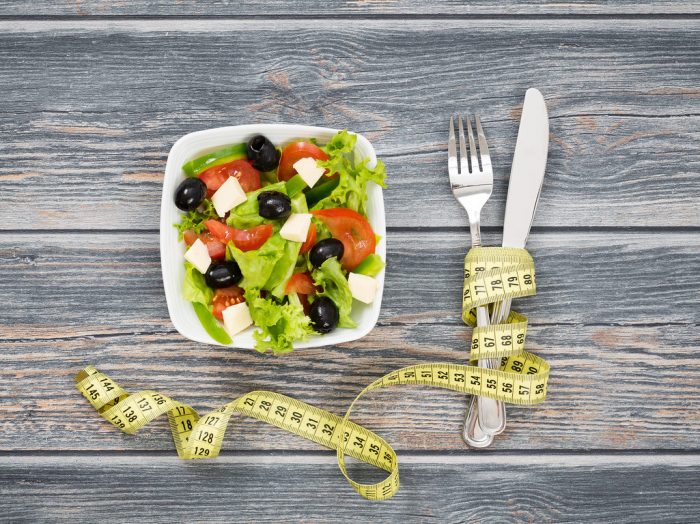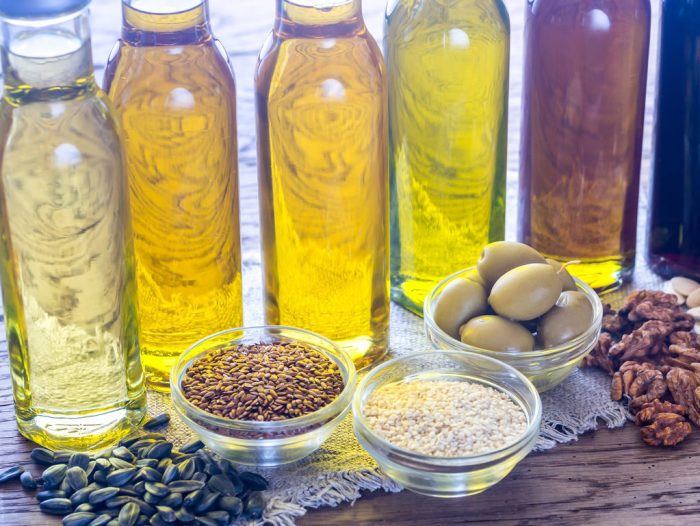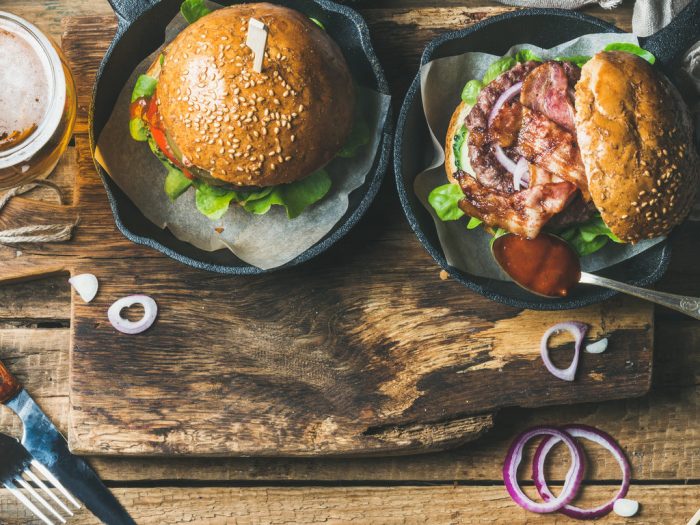There are some tough cuts of meat out there that need your tenderness, love, and care. If you come across them, you need to learn how to tenderize meat, for the best culinary experience that might come of them.
If there was only one remarkable thing about my eating habits, that would be the fact that I am a practicing carnivorous being. People notice my spirituality, my kind demeanor, my faith in people and somehow tend to assume that I’m a vegetarian. But I really am not. The fibrous texture of meat has given me happiness ever since I was a child and my dad made stovetop grilled steaks before my mom got home from work.
The chewiness and tenderness and lovely taste stole my heart and my taste buds early on. It’s no wonder that cooking and eating meat is one of my culinary habits and I strive to learn as much as I can about various meats. One thing I enjoy doing? Tenderizing meat, making it as edible is possible, even if the cuts are especially tough. There are a few ways to tenderize meat, even if it’s one of those impossible cuts! But first, let’s explore a little.
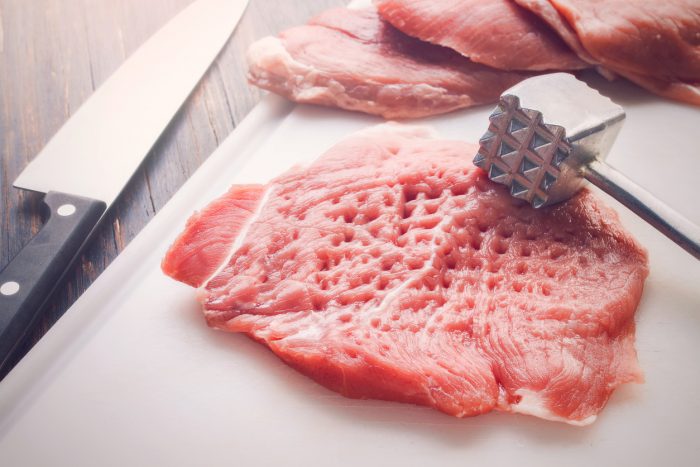
Why are some meats tougher than others?
Because they come from muscles that work harder when in animal form. The muscles are kept together and attached to the bone thanks to collagen and a little elastin. The more the muscle works, the more collagen makes it a tougher cut of meat after that.
One example is the cheek part of the cows. Because cows tend to chew a lot, their cheek muscles are tougher than other, leaner, steak-y parts of the bovine. Like filet mignons, which are located in the back, where there isn’t much work for the cow muscles.
Generally, the big muscles around the leg and shoulder of the animal, are tougher than the ones along the back and ribs. That’s because the tough muscles are used for locomotion and supporting the animal’s weight.
What are other tough cuts of meat out there? There are plenty that require you to know how to tenderize meat, but I’ll mention these: chuck roast (typically used for ground beef, part of cow shoulders), lamb or pork shoulder, brisket (breast or lower chest of beef or veal), and flank steak (abdominal muscles or buttocks of the cow), or front and back pork hocks (leg muscles).
Remember: Muscles also toughen with age, so the older an animal is, the tougher it will be. That doesn’t mean that your cut of meat can’t get to a super tender place. You just have to put a little more effort, heat, and moisture into cooking it. After that, the collagen in the muscles can turn into gelatin, and the tougher cuts of meat become succulent and incredibly tasty. These cuts of meat benefit a lot from slow-cooking over longer periods of time. But they’re completely worth the effort.
https://www.youtube.com/watch?v=mazvrpMC1Mc
5 ways to tenderize meat
1. Pound it!
I for one, as a woman raised to be very polite, have found out that when people piss you off, it can be fun to tenderize some meat with a pounder. Maybe it’s not a positive act, but it’s a cathartic one. And it’s so much fun as a prep step for a good steak! Pounding the meat helps soften the meat so that it’s easier to cut and then easier to chew. How does that work? First of all, you should protect the meat a little. Cover it with plastic wrap, so that you don’t break it with the pounder, kitchen mallet, or meat tenderizer, however, you like to call it. If you don’t have one, you can use other items in your kitchen: a heavy skillet, a saucepan, a rolling pin, or whatever is heavy enough to do the trick.
2. Slice it (in a specific way)!
If you slice the meat thinly and against the grain, it helps you turn the tough cut in a more tender version of itself. Some meats are tougher because of the muscle fibers. In a muscle, the fibers are bundled together and some muscles have thicker bundles of fibers than others. Long and thick muscle fibers are tougher to chew. So slicing can help with that. Because it shortens those long and thick fibers and it probably won’t be so hard to chew. Imagine the irony! Chewing tough, rubbery meats can also make your cheek muscles pretty tough!
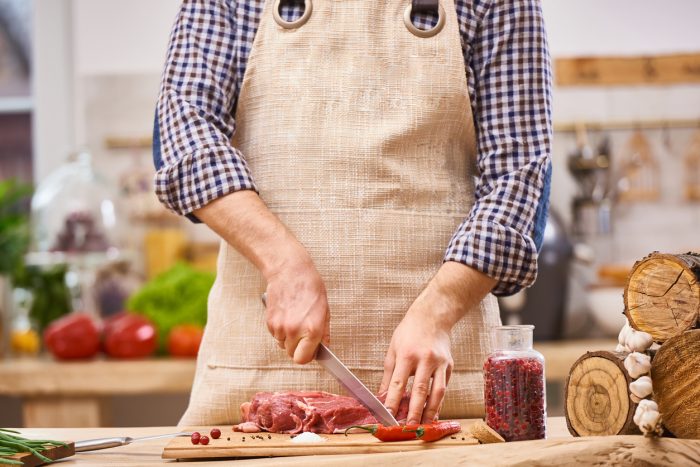
3. Salt it!
Salt has power and it helps break down the proteins in the tough cut of meat – a little. The idea is to combine all of these tips for that one cut of meat you’re wrestling with. So an hour before you start cooking the meat, rub it with salt and let it rest until go time. Before you cook it, you might want to remove some of the salt from it, so rinse it and dry it before applying heat.
4. Use fruit! (no, really!)
We’ve talked before about the weird and amazing powers of pineapple to help break down the protein and tenderize meat, thanks to a special enzyme. Well, similar enzymes can also be found in kiwi and papaya. If you want something with a more neutral flavor, kiwi is what you need. But don’t overdo it, or your meat will end up mushy. The problem with marinades is that they don’t really help tenderize the meat (as opposed to popular beliefs), they just impart it with flavor. These fruit enzymes may be flesh-eating, but marinades can’t break through the meat to get to the center. They only work on the surface of your cut. Or with as-small-as-possible cuts.
5. Slow cook!
These tougher cuts of meat are really one of the best options for the slow cooker. If you cook them at low heat for many hours, the collagen in the tough cuts breaks down and you’re left with tender and juicy meat. The gelatin brings plenty of moisture and surrounds the muscle fibers. Another good idea for tougher meats is braising, a cooking technique that uses heat and moisture and has the meat immersed in a liquid maintained at a gentle simmer for enough time to break down the collagen.

